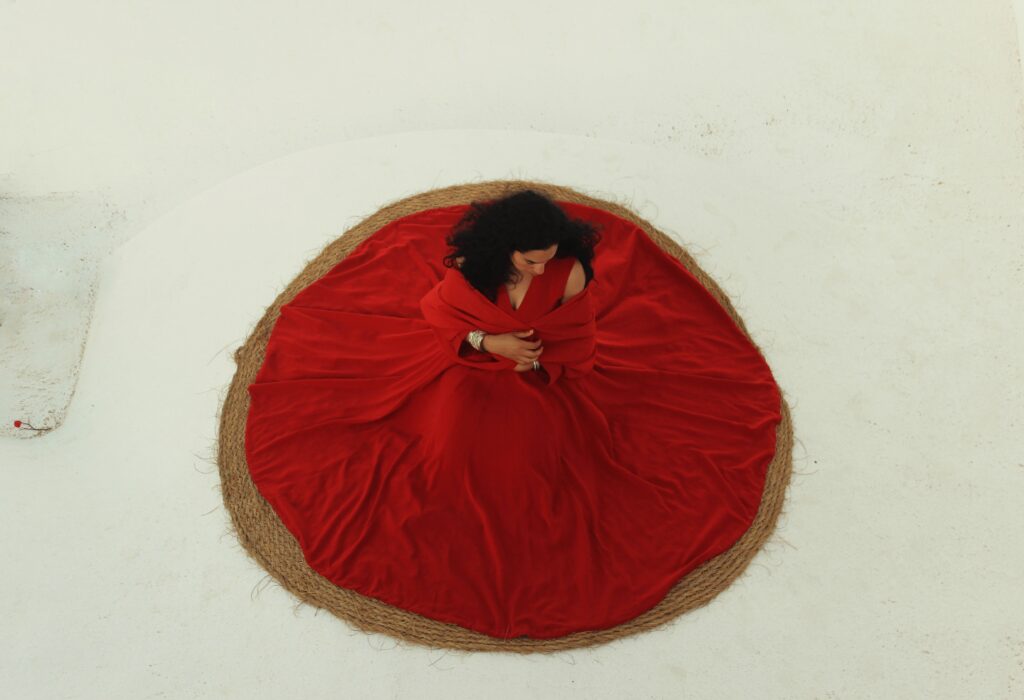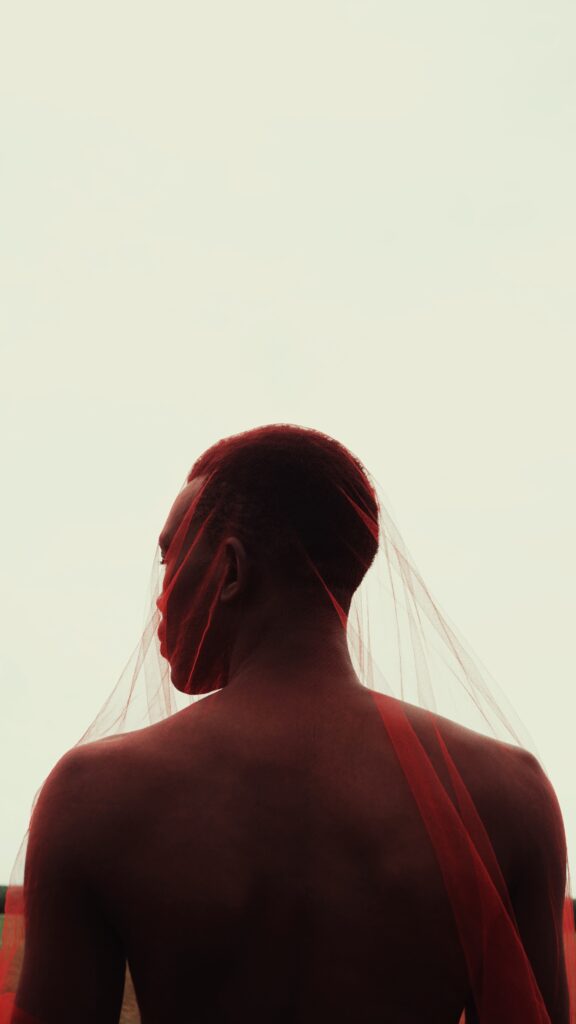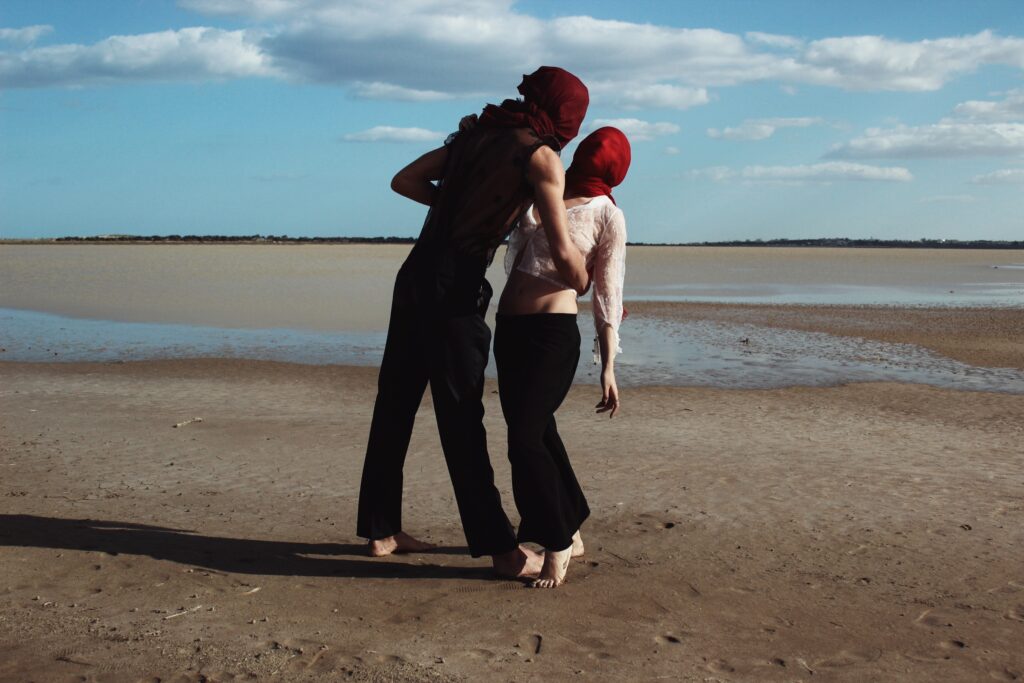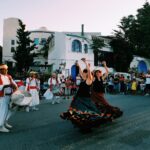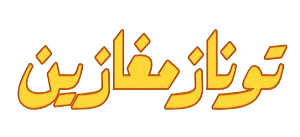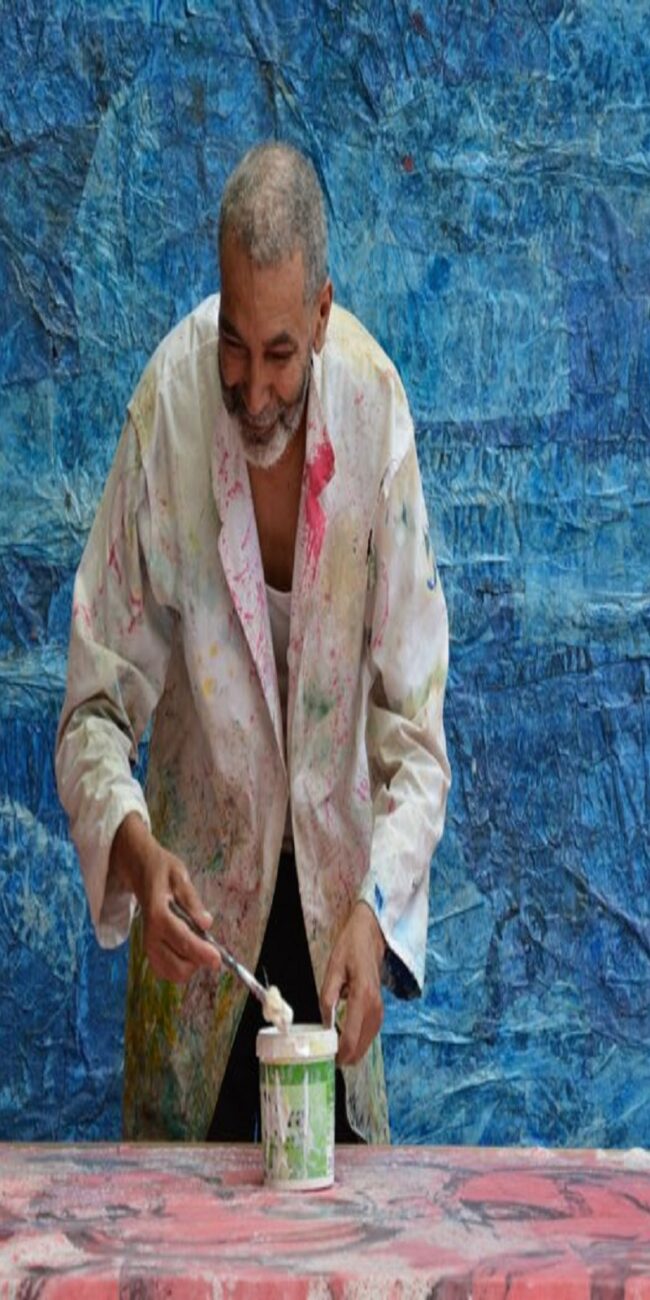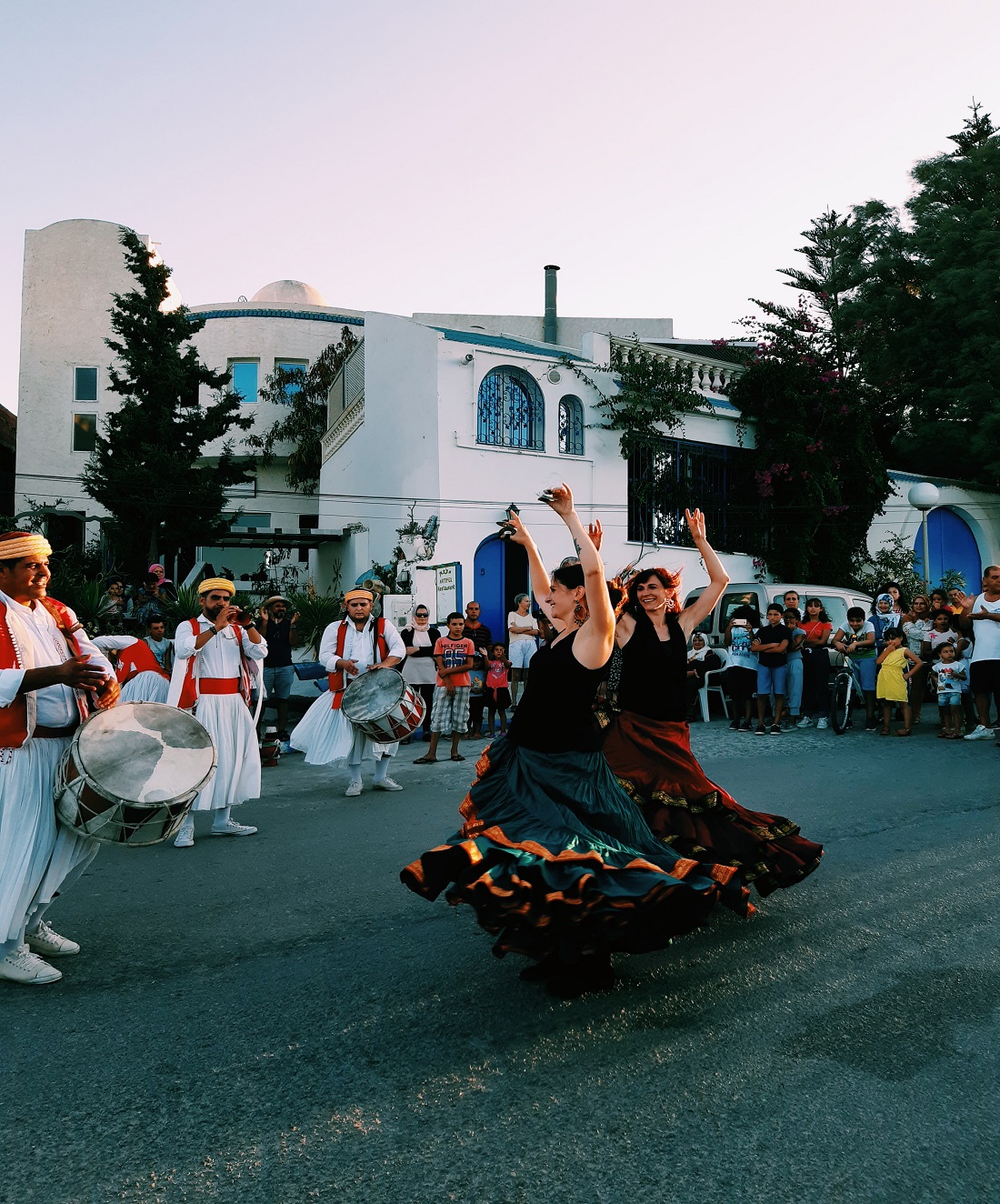
Sameh Ben Said: A Soulful Lens of Tunisia
Sameh Ben Said is a Tunisian photographer and visual artist from the coastal village of Hergla. His work focuses on themes such as identity, the human body, memory, and the relationship between people and their environment. He uses photography as a form of personal expression, often drawing from his own experiences and surroundings. His approach emphasizes natural light, minimal staging, and emotional authenticity. Sameh’s images aim to document daily life in Tunisia while also reflecting broader questions about vulnerability, resilience, and the human condition.
In Hergla, the Mediterranean coastline stretches quietly, interrupted only by rocks, old fishing boats, and the hum of daily life. This is where Sameh began to develop his artistic vision, not by seeking out grand subjects, but by paying close attention to what others often overlook. The way dust catches light. The soft rhythm of waves. The subtle movement of people going about their routines.
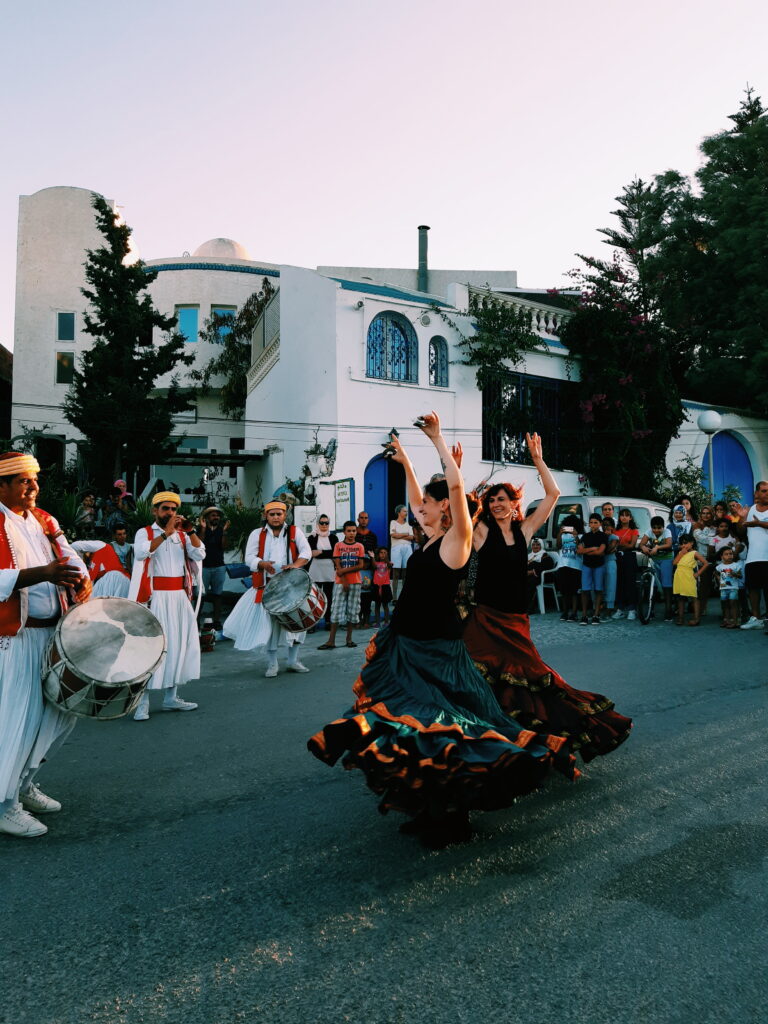
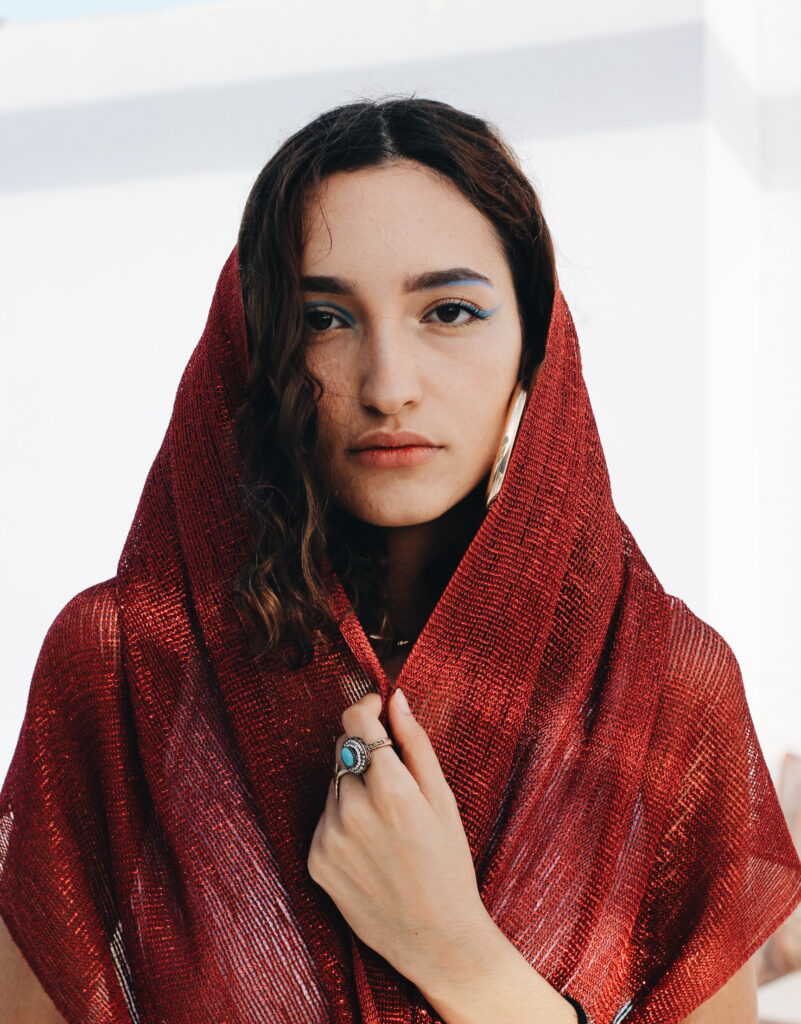
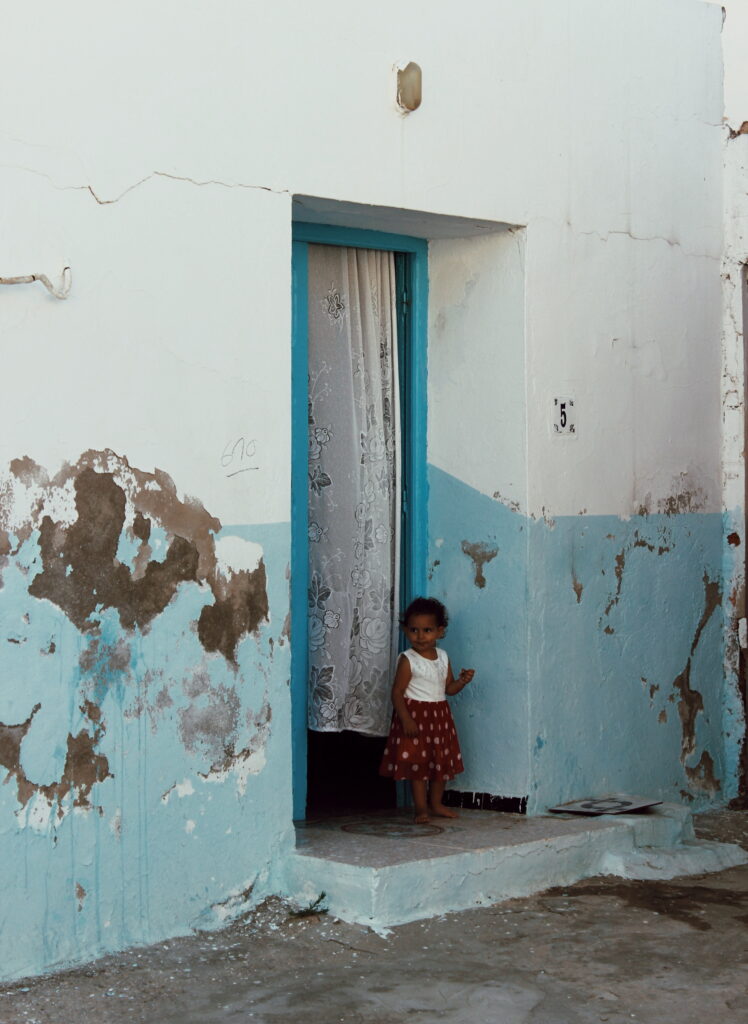
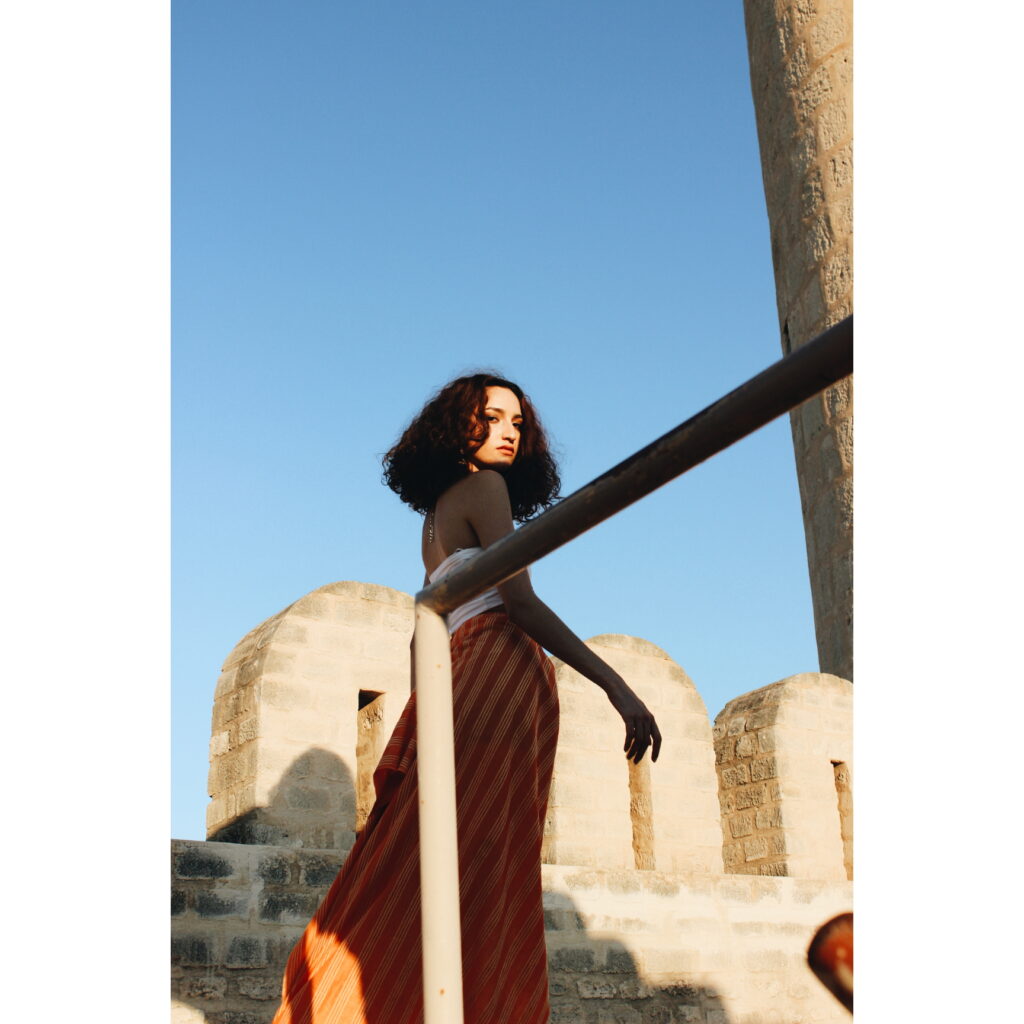
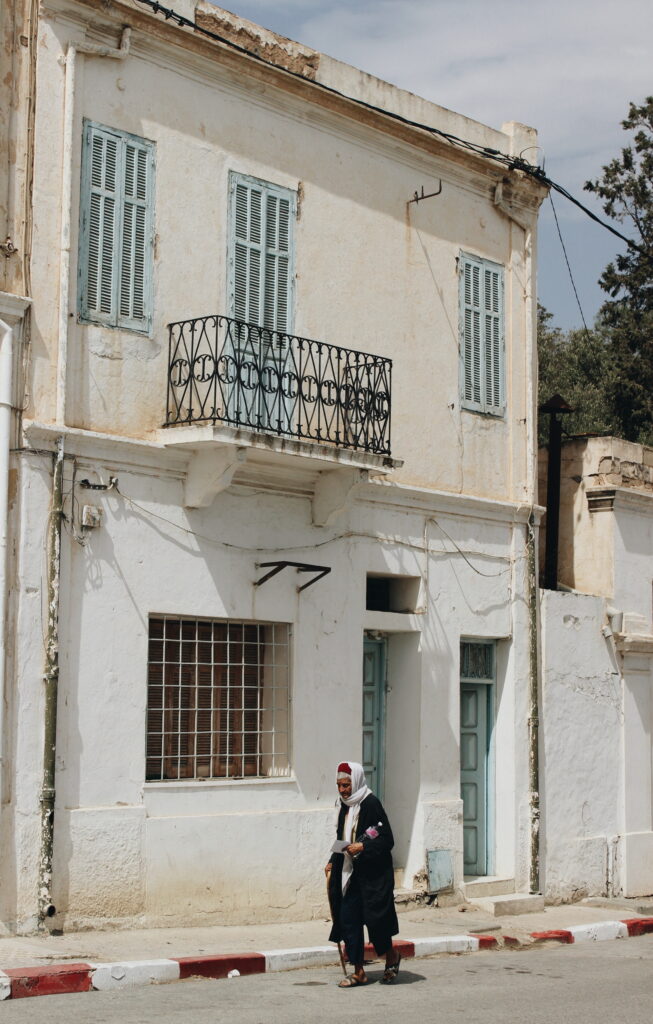

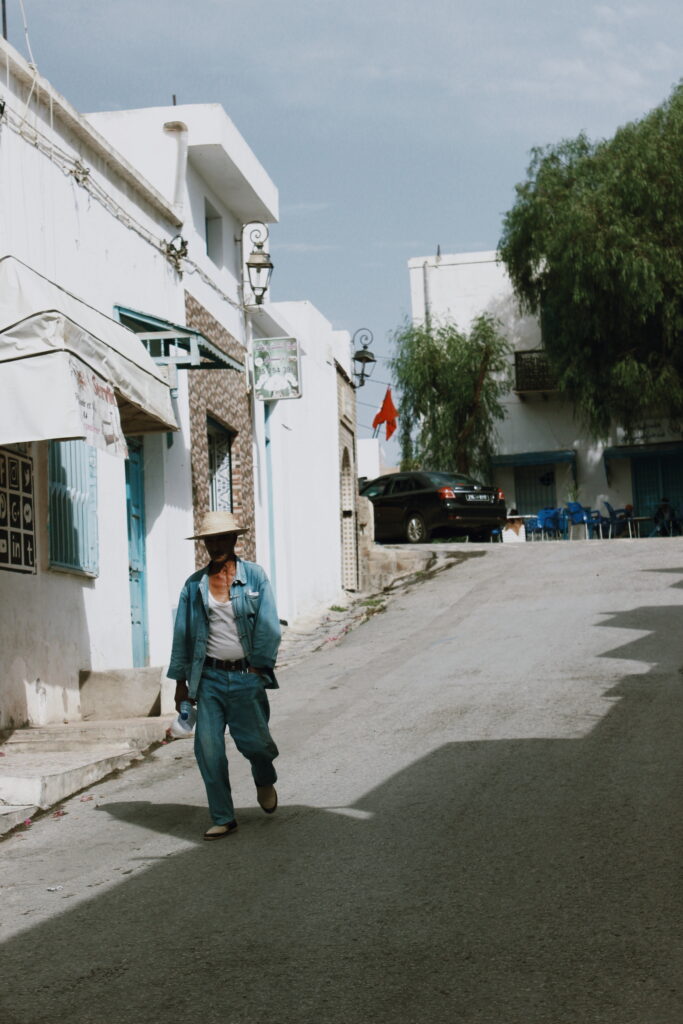
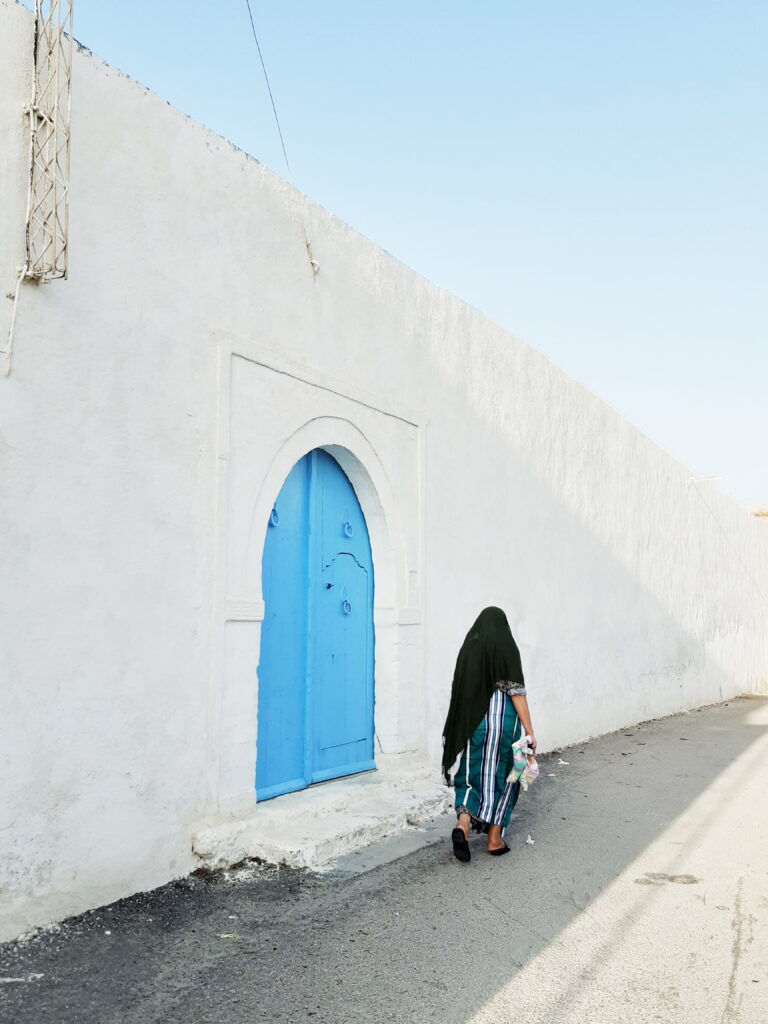
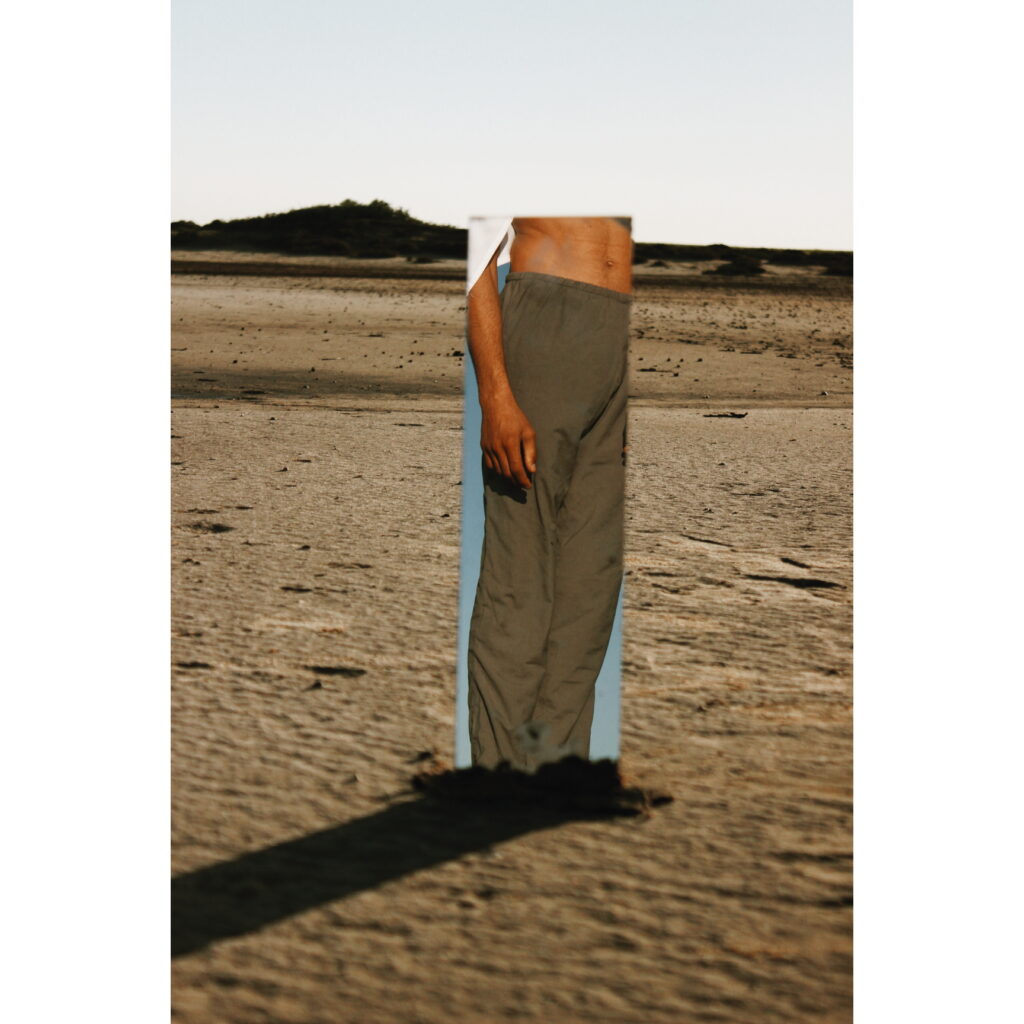
Sameh is not interested in spectacle. He does not chase glamour or perfection. His work is rooted in emotion and observation. “When I photograph Tunisia, I’m not trying to show a perfect country,” he says. “I’m trying to show what I feel.” That feeling, sometimes raw and tender, often unspoken, runs through all his images. Each photograph becomes more than a visual scene. It becomes an emotional landscape, a moment suspended between presence and memory.
He walks through neighborhoods slowly, almost meditatively, taking in the overlooked details. A cracked doorway holding decades of history. A torn curtain moving in the breeze. A tired expression caught in the last seconds of golden hour. These are not staged compositions meant to impress. They are fragments of truth. “I photograph with my heart,” he says. “I let the world come to me. I want my photos to preserve the honesty of the moment.”
That honesty often reveals something delicate. But in Sameh’s hands, this delicacy becomes strength. His photographs do not try to sanitize reality. Instead, they embrace the contradictions of Tunisia. A place where modernity and memory coexist. Where pain and tenderness are part of the same breath. He is drawn to simple moments. A woman kneading bread in a courtyard. A man drinking coffee without speaking. A child running barefoot through dust. These are not nostalgic visions. They are living, breathing moments that speak of continuity and survival.
The body plays a central role in his work. Not as an object for aesthetic pleasure, but as a medium for truth. Often nude or partially revealed, the bodies in Sameh’s photographs are never there to provoke. They speak. Of history. Of emotion. Of scars and strength. Light traces the skin like a memory. Shadows settle in with intention. The body becomes a surface for emotion, a space for reflection. A site of transformation.
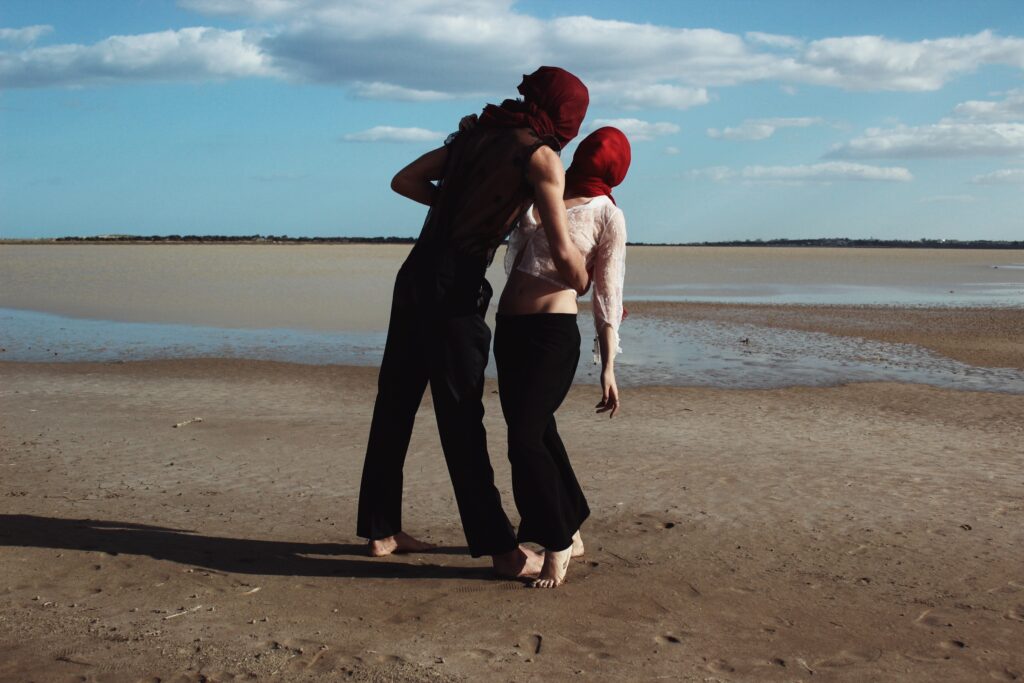
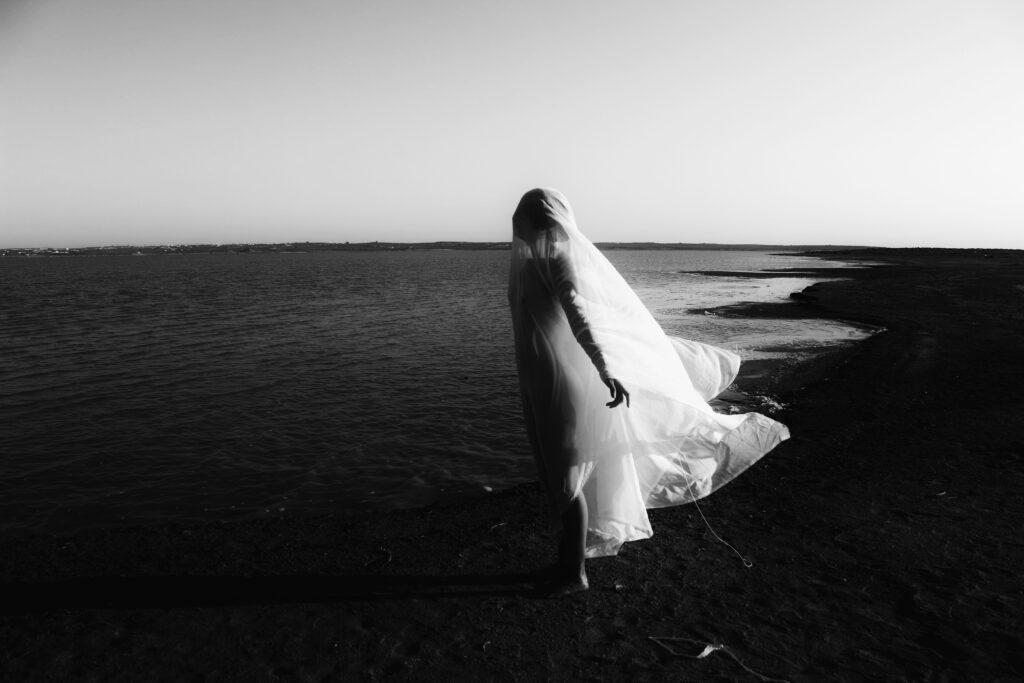
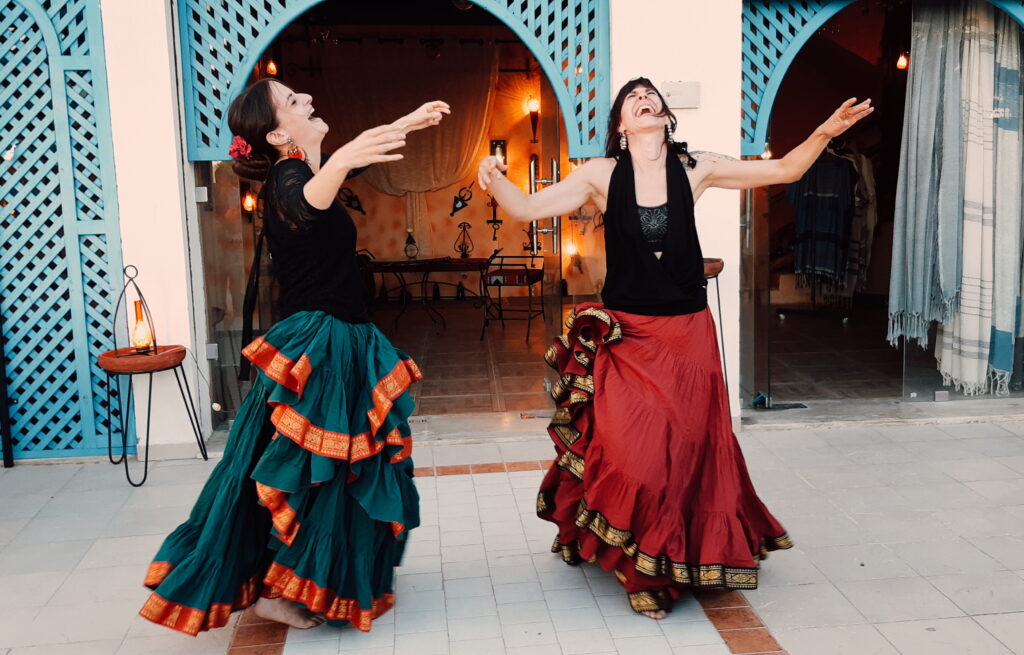
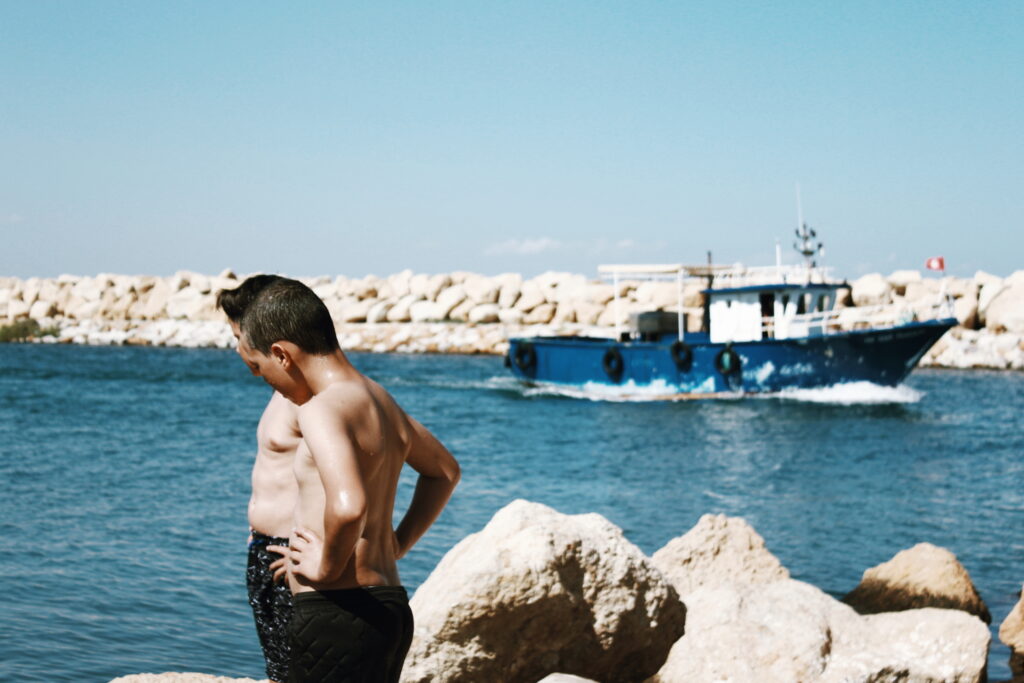
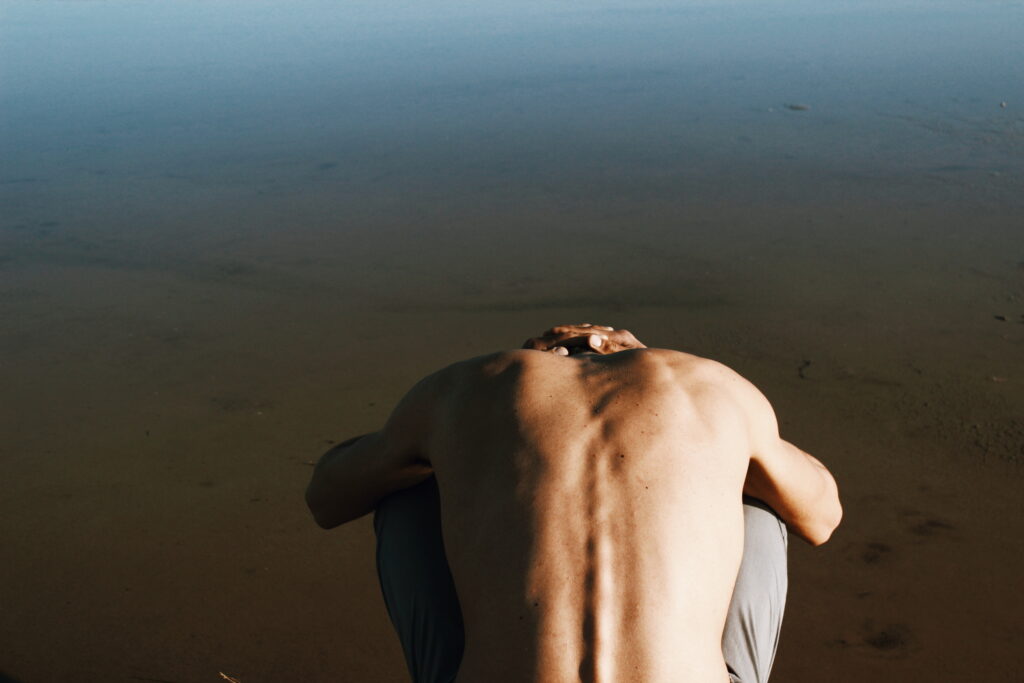
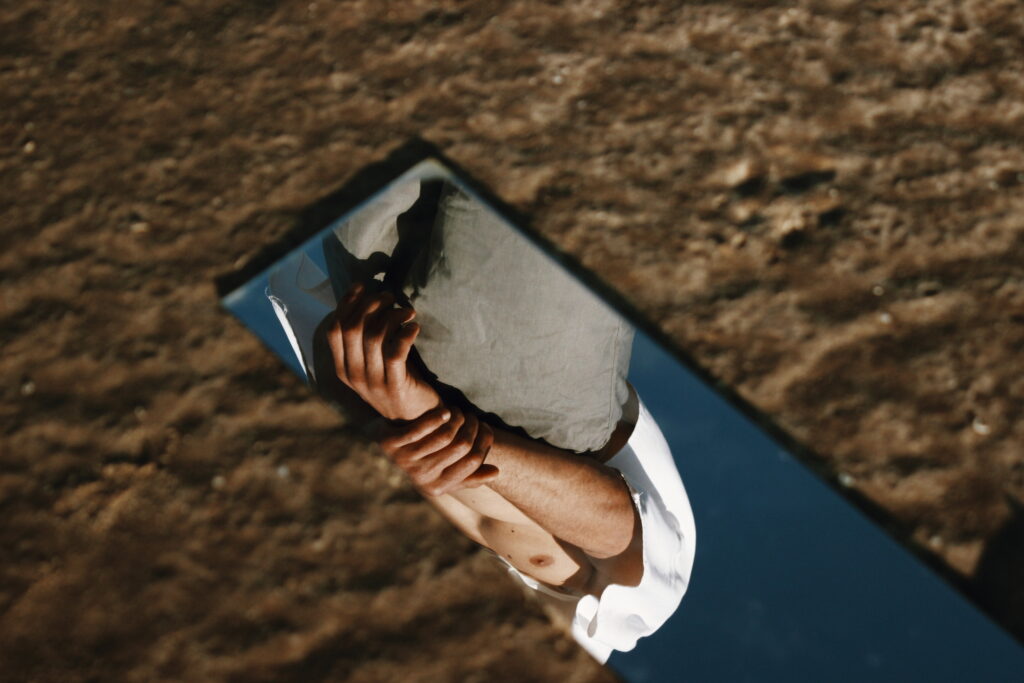
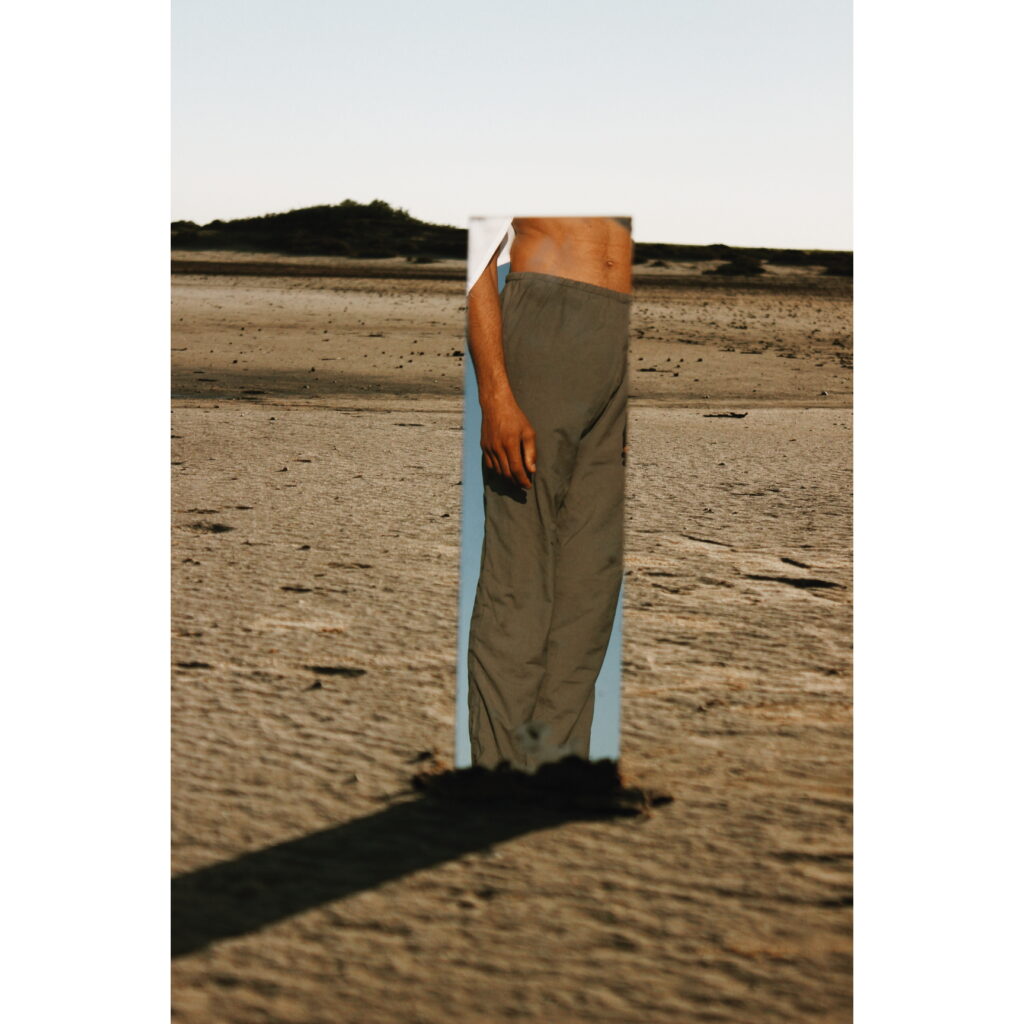
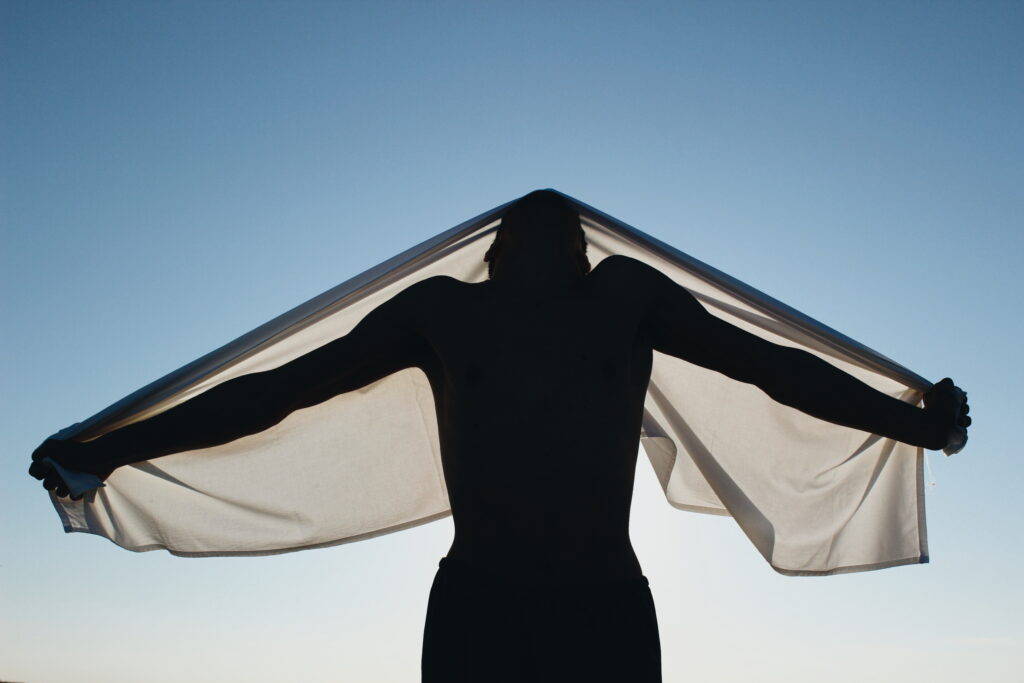
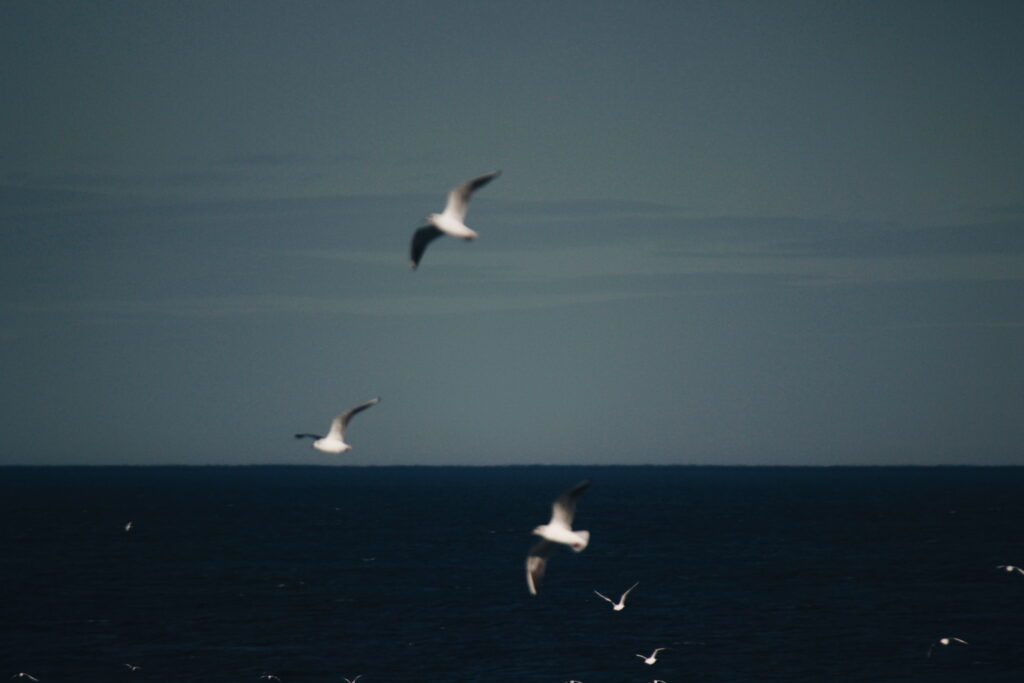
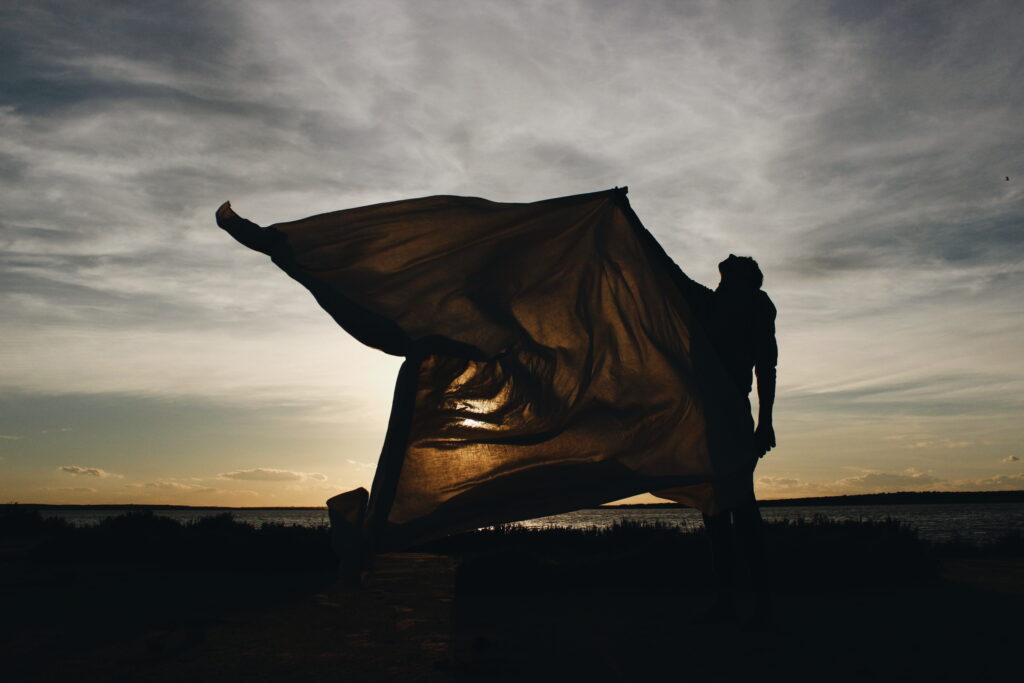
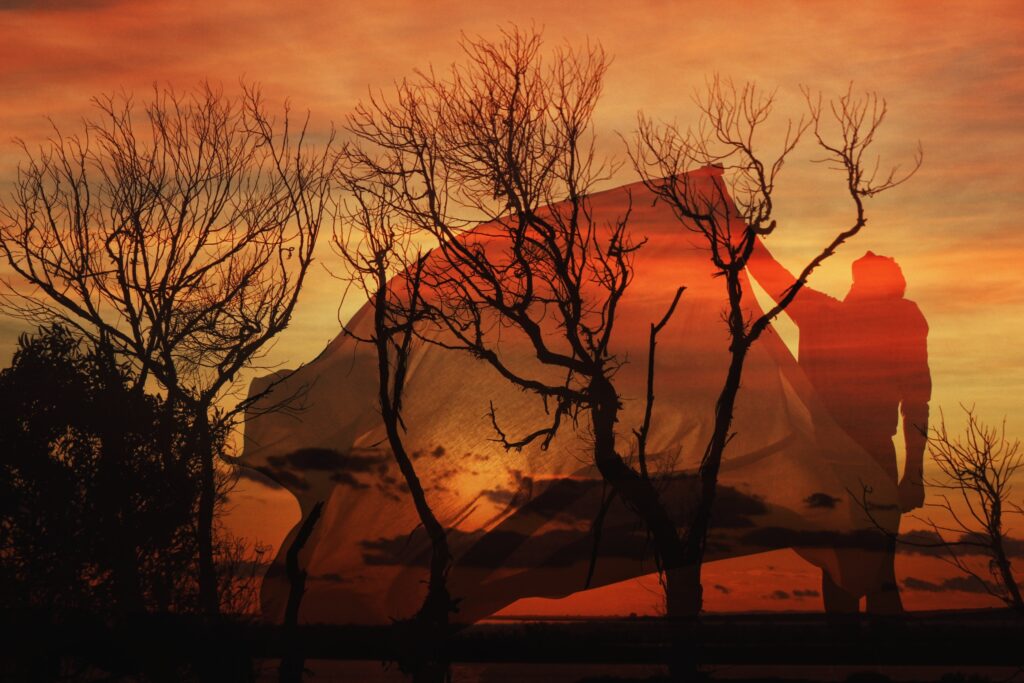
Sameh uses light not simply to illuminate but to communicate. He works almost exclusively with natural light, treating it with the precision of a composer arranging a score. A shaft of sun becomes a message. A shadow, a question. The effect is never loud. It invites contemplation. His photographs breathe slowly. They sit between now and then, between the physical and the emotional, between the world as it is and as it is felt.
Often, he integrates objects that carry symbolic weight. Stones, masks, leaves, broken glass. These items are not random. They are chosen carefully and placed intuitively. They function as emotional anchors within the frame, suggesting something beyond the visible. They do not instruct. They invite. The viewer is asked not to interpret intellectually, but to feel viscerally.
What defines Sameh Ben Said’s work is a subtle but persistent duality. His photographs live in the space between silence and cry, between strength and vulnerability, between what is seen and what is sensed. Tunisia, through his lens, is a country of contrast and convergence. Light and dust. Heritage and change. Hardship and grace.
In a world flooded with filtered images and instant gratification, Sameh’s work moves in the opposite direction. It is slow. Intentional. Honest. It requires attention and rewards it with depth. In doing so, it offers something increasingly rare: a space to reflect. A reason to feel. A chance to connect.
Sameh Ben Said is not just documenting Tunisia. He is interpreting it. One image at a time, he builds a portrait of a country, and of himself, that is neither idealized nor simplified. It is complex, raw, and deeply human. His camera is not merely a device. It is an instrument for empathy. And through it, he speaks to something deeper than the eye. He speaks directly to the soul.
